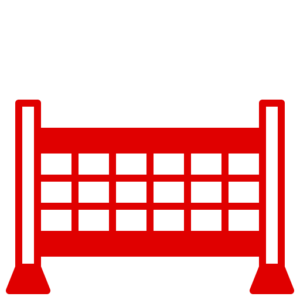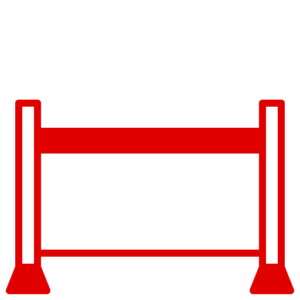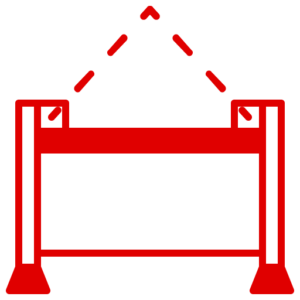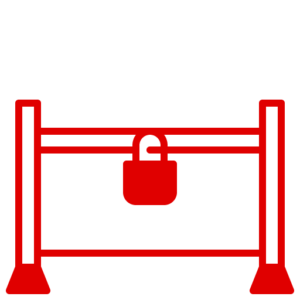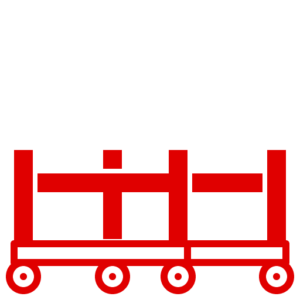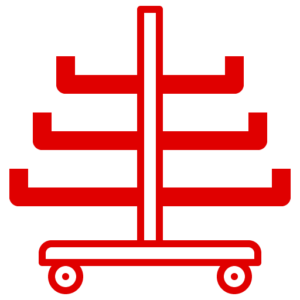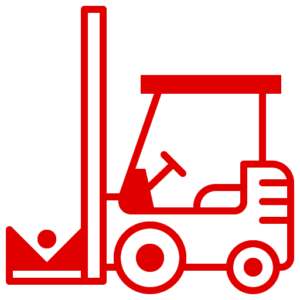News
Stillages and PUWER-Compliant Training: An Insight from Lowe Stillages & Cages
In the world of stillages and cages, safety comes first. As key players in the industry, we at Lowe Stillages & Cages deeply understand the importance of creating and maintaining a safe and efficient workplace. Central to this objective is the correct and secure use of stillages, a requirement that is both a best practice and a legal obligation under the Provision and Use of Work Equipment Regulations (PUWER).
In this post, we will take you through a step-by-step guide to developing and implementing an effective training program. This program is aimed at empowering your employees with the knowledge and skills they need to handle stillages safely, thus ensuring compliance with PUWER regulations.
Identifying Training Needs
Understanding the training needs of your employees forms the first step. Consider factors such as the specific roles of employees, their previous experience, and potential hazards associated with stillage use in your workplace.
Developing Comprehensive Training Materials
Next, create comprehensive training materials that cover the essential elements of safe stillage use. Topics should include potential hazards, appropriate handling techniques, and guidelines for loading, unloading, and stacking. Always tailor these materials to the unique safety considerations of your workplace.
Deciding on Effective Delivery Methods
Choose the most effective methods to deliver this training. It could involve a combination of written materials, presentations, practical demonstrations, video instructions, or interactive training sessions. Remember to adapt the training to suit the learning preferences and comprehension levels of your employees.
Engaging Qualified Trainers
Ensure that your training is conducted by qualified trainers or experts who have an in-depth understanding of stillage safety and PUWER regulations. This ensures your employees receive accurate and useful information.
Scheduling Regular Training Sessions
Plan and schedule regular training sessions to ensure that all employees working with stillages receive necessary instruction. Keep in mind to plan these sessions at times that do not disrupt critical operations.
Encouraging Hands-On Practice
Include opportunities for hands-on practice under supervised conditions. This helps your employees apply their theoretical knowledge to practical situations.
Facilitating Open Discussions
Invite participants to ask questions, share experiences, and engage in open discussions during training. Such dialogue fosters a collaborative learning environment and helps clear any doubts or concerns related to stillage safety.
Implementing Assessments and Certification
Validate your training by assessing the employees’ understanding of the material. Consider issuing certificates or acknowledgments to those who successfully complete the training to maintain a record of compliance.
Scheduling Refresher Training
Keep safety knowledge fresh and current by scheduling periodic refresher training sessions. These sessions also provide an opportunity to update your employees on any changes in regulations or safety procedures.
Maintaining Documentation
Finally, ensure you maintain comprehensive records of all training sessions. This documentation should include details such as dates, participants, topics covered, and assessment results.
Implementing this comprehensive training regimen will not only ensure that you comply with PUWER regulations, but it will also foster a safer working environment. At Lowe Stillages & Cages, we believe that by empowering your employees with the right knowledge and skills, you can enhance overall productivity while minimising workplace accidents.

